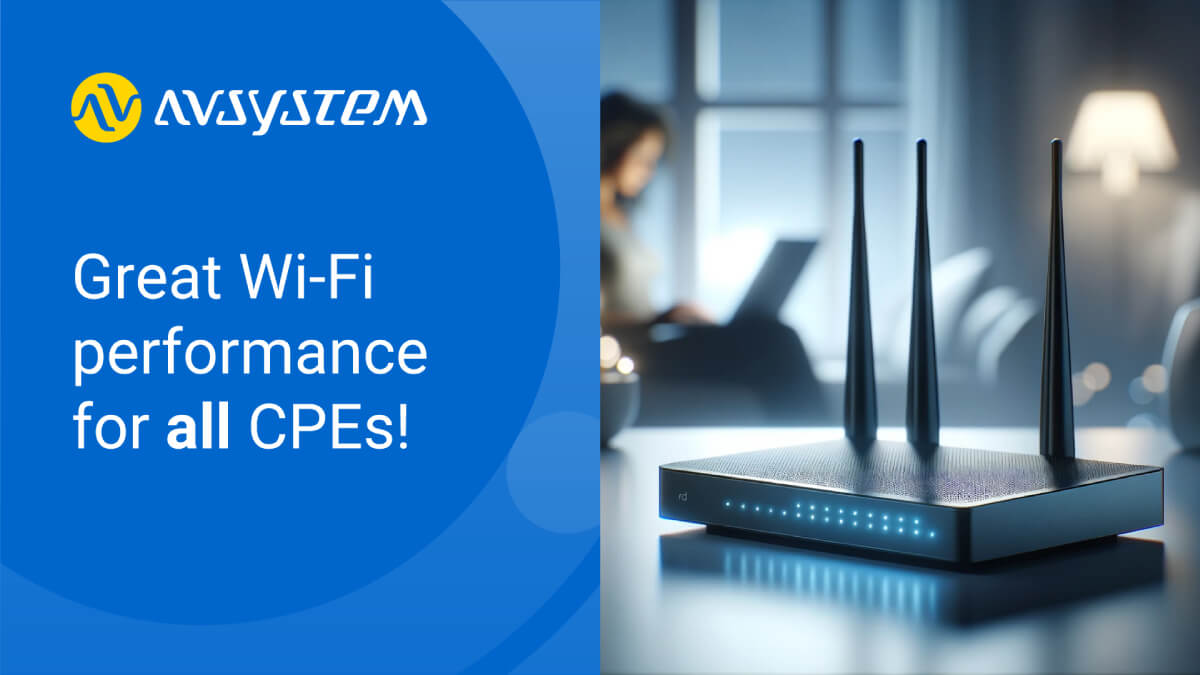Broadband Basics: TR-369

The landscape of connected devices is expanding at an unprecedented rate, and with it comes the need for robust, flexible, and secure device management protocols. For years, TR-069 with its great connectivity and ease of management has been the telecommunication industry standard for CPE (Customer Premises Equipment) management. However, the evolving ecosystem of the Smart Home has demanded a new, more capable standard: TR-369, also known as the User Services Platform (USP).
What is TR-369 protocol: Definition and Background
Developed by the Broadband Forum, TR-369 or the User Services Platform (USP) serves as a technical standard for the remote management of a variety of devices. Building upon its predecessor TR-069, TR-369 was developed to adapt to the growing complexities of connected devices, especially in the smart home setup. Essentially, TR-369 aims to offer a robust, scalable, and secure framework for the lifecycle management of devices while ensuring interoperability between different service providers.
Do you want to learn even more?
Download our brochure about the User Services Platform!
In the early 2000s, TR-069 was the go-to protocol for remote management, primarily of modems and routers and fit perfectly into up-to-date use cases. Since then, as the market evolved around new use cases - Broadband Forum took the essential attributes of TR-069 and augmented them to design TR-369, which is geared for a wider array of devices and has additional functionalities.
Areas of Use
TR-369 versatility extends through various types of customer-premises equipment (CPE), making it highly applicable for telecommunication operators, internet service providers, and even smart city projects.
- Residential Applications: Whether it's Wi-Fi routers, smart thermostats, or security systems, TR-369 allows for enhanced user experiences through optimised device performance and new service offerings.
- Business Infrastructure: The protocol is particularly useful in enterprise settings, where networks often comprise multiple device types requiring individual configurations and continual monitoring.
- IoT Ecosystems: TR-369 is resource-efficient, making it an ideal fit for IoT devices, which typically operate on limited computational power and memory.
Main Benefits of the User Services Platform (USP)
Real-Time Monitoring and Alerts
The protocol takes monitoring capabilities to the next level by enabling real-time status updates and alert management. Previously known bulk data upload capabilities has been even extended by protocol lightweightedness itself. All combined allows high frequency CPE monitoring to surface new insights.This not only allows for quicker detection of problems but also provides granular insights into device performance and network health. Such capabilities are crucial for maintaining high Quality of Service (QoS) and Quality of Experience (QoE), and they empower network operators to proactively address issues before they escalate.
Enhanced Security
The USP is engineered with security as a top priority. Not only does it offer end-to-end encryption through TLS (Transport Layer Security), but it also facilitates secure device authentication and authorization. This multi-tiered security model ensures that communication between devices and management servers is protected against a range of security threats, including man-in-the-middle attacks, eavesdropping, and unauthorized data alteration.
User Experience Optimization
With TR-369, network operators can collect real-time data about service performance, allowing them to fine-tune service parameters for an optimized user experience. This is a game-changer in today's world, where customer satisfaction is often the deciding factor for service subscription and retention.
These enhanced features make TR-369 a formidable option for modern network management needs. The protocol's design inherently accounts for the challenges and complexities that come with managing an ever-growing ecosystem of connected devices, making it an excellent investment for the future.
Whether that’s ‘last 10m’ WiFi experience optimization or ‘last mile’ access layer connectivity performance, high-frequency monitoring gives you the ability to get the most accurate insight into your network.
Business continuity
TR-369 is not just a protocol; it’s a future-proof framework. With an extensible data model and architecture, it can adapt to emerging technologies and new types of devices, making it a sustainable choice for evolving networks. Its flexibility is particularly beneficial for businesses that have growth or diversification on the horizon, as it minimizes the risk of outgrowing the protocol.
TR-369 vs. TR-069: A Comparative Analysis
By now you might be asking the question “What to choose between TR-069 and TR-369?”. The good thing is - there is no wrong choice: while TR-069 stands for the “gold standard” in device management, a field-proven choice for millions of CPEs in the field, TR-369 is its evolution. USP applies “lessons-learned” improvements to become a future-proof framework for each CSP in emerging use cases of smart home and high-frequency sampling assurance.
As both protocols are under the custody of the Broadband Forum, care is taken to provide interoperability on a semantic level - both flavors may leverage the Device:2 data model (TR-181), which means: shared data schema. When the TR-069 capable device is upgraded to TR-369, to support new architectural & performance capabilities, existing business processes may stay in place. In the end - besides protocol capabilities itself, it’s important to consider how the backing ACS/Controller leverages them. What distinguishes carrier-grade solutions, is the ability not only to execute protocol commands but to efficiently manage the whole device population, supporting all fulfillment & assurance scenarios.
Author: Grzegorz Kozłowski, Product Director
Recommended posts
- Understanding CPE Requirements for Optimizing Smart Wi-Fi Performance
- Why choose open standards for WiFi service assurance?
- Solving Key Challenges of Fritz!Box Users With Cloud ACS
Subscribe to stay in the loop with all our latest content:
Recommended posts



